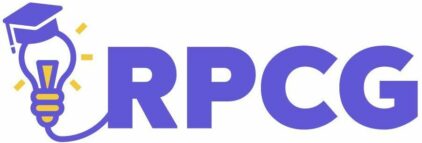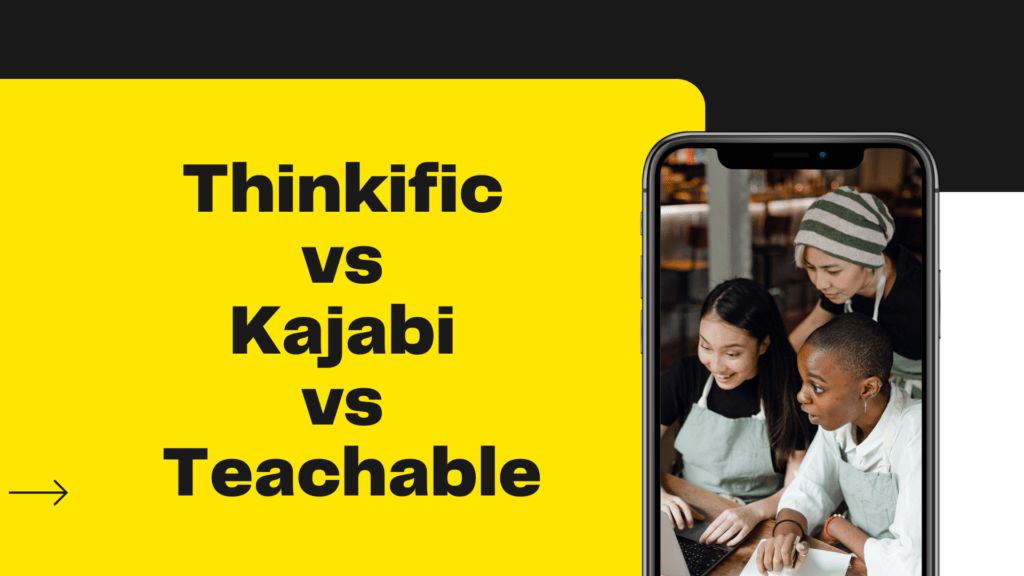Are you in the process of creating an online course or membership site and wondering which platform to use? Thinkific, Kajabi, and Teachable are three of the most popular online course platforms on the market today, each offering a range of features and pricing options. But which one is the best fit for your needs? In this article, we’ll compare Thinkific vs Kajabi vs Teachable, examining their features, pricing, and customer feedback to help you make an informed decision. Whether you’re just starting out or looking to switch to a new platform, keep reading to learn more about these three popular online course platforms. Thinkific vs Kajabi vs Teachable
For those of you who prefer to watch things rather than read them, you can see this video by Lane Sebring from his YouTube channel, where he will give you a video review. You will want to read the rest of the article afterward for a comparative analysis of Kajabi’s competition
> > Interested in a Kajabi Free Trial? Click Here < <
Kajabi vs Teachable

Basically, both platforms can offer the software you need that lets you market and run online classes. Both have easy-to-use interfaces, and almost all features they provide can be easily accessible. They also use Wistia, among the best video hosting software.
Here’s a gist of what sets the two apart.

Teachable focuses on online course creation in which you can also create memberships. In actuality, it allows you to make unlimited courses in their own plans. You can also have unlimited students enroll in your courses. While memberships are supplied in Kajabi, there are limitations on the amount of students and courses, even with the plan upgrades.
Think about Teachable for those who have a marketing site, sales funnels, automated advertising campaigns, and everything else taken care of. It is an superb lower-cost alternative that’s almost 3 times more economical than Kajabi. It does come with 10% transaction fees.
It offers better course compliances and certification courses. This makes it appealing for people who are looking for academic course hosts. It does not include lecture-specific automation, though, which is a feature of Kajabi. For instance, you can set an automated email to be sent to the student once they finish with a specific lesson.
If you would like a stronger course content and a high degree of organization, select Kajabi. If you’d prefer a simpler structure, both of the two will be adequate. Thinkific vs Kajabi vs Teachable
If you’re searching for engagement tools and a more interactive learning experience, Kajabi has communities, assignments, and assessments. Teachable has a comments feature. There’s also a marketplace accessible Kajabi itself, such as that of Udemy or Skillshare. Teachable doesn’t.
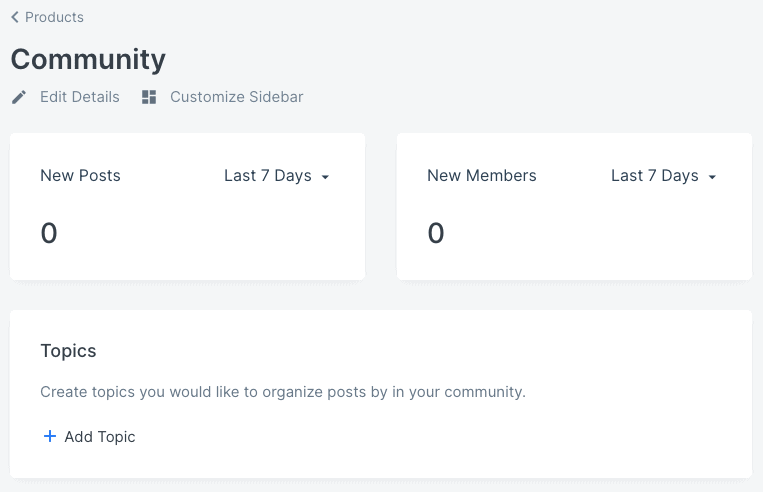
So, if you’re looking for an all and one-stop-shop platform, consider Kajabi. Kajabi is for users looking to house all their companies under one umbrella. Landing pages and affiliate marketing features. Now, it will come with a hefty price tag. But, you don’t need to worry about hacking together or studying third-party tools with Kajabiwith its features built. You’ll realize that the vital features that you need for your business are in Kajabi.
Kajabi vs Podia
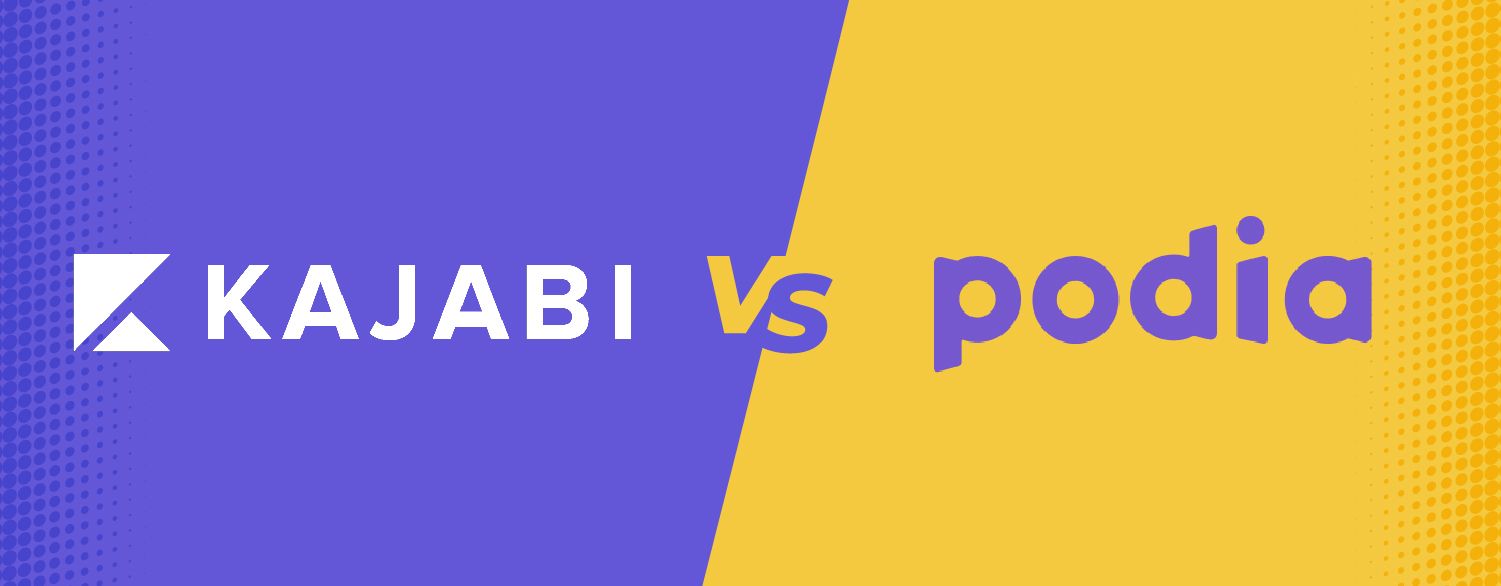
The important difference between Podia and Kajabi is their intended market. Podia is more concentrated on solo entrepreneurs and course creators. Kajabi focuses on small-to-medium companies.
Both platforms offer powerful features for creating, marketing, and selling online classes. They have excellent course creation tools and fantastic customer care and training. They also position themselves as an all-purpose platform for online business.

Podia may be an adequate base for your company if you’re just beginning. It has a few sales and marketing tools also. But, Kajabi’s collection of marketing tools are its best feature. You get access to unlimited advertising emails, unlimited sales/landing pages, pipeline builders, templates, patterns, and automation even with the lowest Basic Plan at $149/month. Kajabi offers a strong option for people who are just building their online business. These features help streamline your company and make it possible for you to concentrate on other aspects. It also works well for established businesses looking to get a needed boost.

Both Kajabi and Podia have useful web building tools for developing a wide selection of pages. A huge advantage of both is they’re hosted, so you don’t have to worry about paying for a separate hosting service.
Podia provides support by having an extensive education library which is like Kajabi University. Both platforms have an extensive library of integrations to benefit from. Although, you don’t need to use any integrations whatsoever with Kajabi as everything you need is already built into the platform. With Podia, this is a great thing considering that its email and advertising features are thin. It makes up for shortcomings along with other regions from the system.
Needless to say, there are many more contextualized differences between the two platforms. Look at what your business requirements and assess which features are crucial for you. This will help you find a platform that will make a gigantic difference with your organization.
> > Interested in a Kajabi Free Trial? Click Here < <
Kajabi vs Thinkific

When it comes to the sheer number of features offered, Kajabi wins this down, hands down. Not only does it have more features than Thinkfic, but you also get access to a wider set of tools for an affordable price.
Kajabi was created with marketing and ease of use in mind. With its features, it’s easy to see how you can use Kajabi for more than just course creation. Thinkific vs Kajabi vs Teachable

Needless to say, Thinkific does have an advantage over the amount of courses and products you can have. You can host an unlimited number of classes and have an unlimited number of students sign up under each program with its paid plans.
The same can’t be said for Kajabi. Kajabi’s highest subscription (Pro Plan) runs at $399/month. It only allows 100 products and up to 20,000 active students.
Thinkific’s unlimited volume and students at even the lowest-paid plan allow the user to create as much course content as they can.

Both platforms are easy to use. While there might be a learning curve to website construction, it is a really intuitive process. You’re given a custom domain name. Although you’d have to pay a higher plan to remove company branding from the domain name.
While they are similar in the ease of use aspect, Kajabi provides more customizable plans and layouts. Thinkific only offers three, and it’s less customizable.
With Thinkific, you cannot make a blog, use email advertising and build out sales funnels. These are a few advantages that Kajabi has over Thinkific. In comparison, Thinkific’s marketing abilities are a bit limited.
If you are on a strict budget and beginning, Thinkific might be a good fit as Kajabi is one of the most expensive platforms on the market. But while first costs with Thinkific might be lower than Kajabi, you would have to consider the costs of having to use third-party tools and transaction fees later on.
> > Interested in a Kajabi Free Trial? Click Here < <
Kajabi vs Udemy
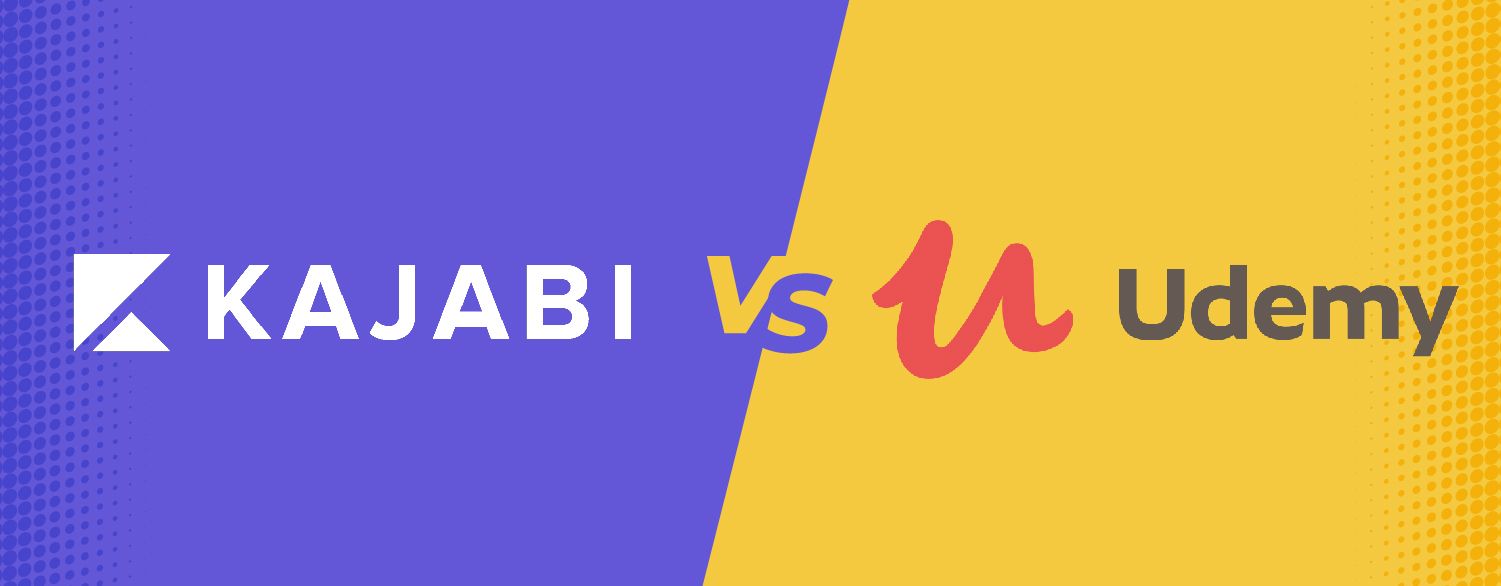
So who hasn’t heard of Udemy? Udemy is a marketplace for online learning with over 100,000 Udemy classes available for students. Meanwhile, Kajabi is a business platform. Kajabi gives its users the tools they need to build their course website. Udemy allows creators to upload their classes to an current market where students can buy them.

A stark difference between the two could be found in its price difference. It’s totally free to upload classes to Udemy while Kajabi’s Basic Plan starts at $149 a month. Kajabi is on the pricier side, but it provides extensions, plug-ins, hosting, and domain name, among other things. While it is totally free to upload a class to Udemy, it requires 50% commission out of every course you sell. Kajabi offers 100% of the total generated revenue to the consumer free of transaction costs on sales. So you’d have to figure out which deal sounds better for your company.
Udemy does not give creators access to marketing tools, though they do have some marketing choices. Udemy will push your content using its network of affiliate partners if you sign up for its Marketing Boost Program. There’s also what they call “Instructor’s coupons,” that users can provide to their students to purchase courses at a discount. It’s used by some as a marketing asset to funnel students to their main course website.
A problem that Udemy has is that anyone can teach. It might sound confusing but hear me out. Because it’s free to upload any path into Udemy, it leads to a lot of low-quality courses being uploaded into the marketplace as well. Now, all one must do is avoid the courses which have many negative ratings, naturally. You’d need to work out a marketing scheme to place your course out there due to Udemy’s much more extensive course catalog.
Kajabi is a standalone platform that comes with web-building tools and promotion tools. Its best features are email automation and pipeline builder. When picking a platform to start an online course company, Kajabi gives you the tools to create your website, manage and participate with students and run marketing campaigns all from the same platform. Thinkific vs Kajabi vs Teachable
> > Interested in a Kajabi Free Trial? Click Here < <
Kajabi vs ClickFunnels

Clickfunnels and Kajabi are equally potent marketing platforms. Both have many features in common such as landing page editors, pipeline builders, CRM systems, and email automation tools. If you’re looking to streamline, both of these are good contenders.
Both platforms are super easy to use. They feature an easy drag-and-drop editor in their web-building tools. They also have a broad assortment of customizable templates to use. It’s intuitive and simple to manage. You won’t have to touch a line of code.
So what sets them apart from each other?
Both platforms highlighted helping creators monetize their goods. While Kajabi focuses on electronic entrepreneurs, Clickfunnels extends to a much wider net and provides for physical products as well.
Which products do you offer? Kajabi has overall more performance with its web-building tools and online course creation if you’re offering a digital product. If you will deal with physical products, Clickfunnels would be the right option.
Both Kajabi and Clickfunnels have the pipeline builder and sales funnel as important features. But everything is based on creating a robust funnel inside Clickfunnels. There are no templates, training, or more funds for creating digital products. On the other hand, Kajabi has more functionality than Clickfunnels. It has a web-building tool and an internet course creation tool.
Now, both platforms excel in what they are designed to do.
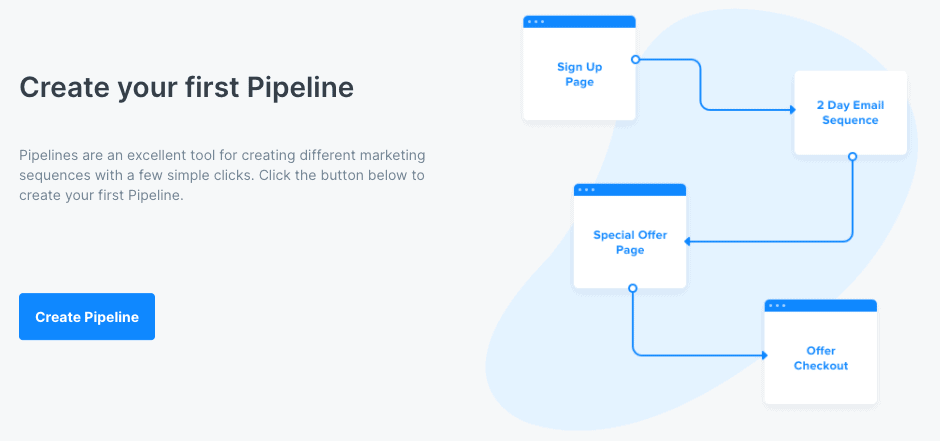
Both have a wide suite of marketing and automation tools. Both are excellent platforms for marketing your physical and digital products. Kajabi is for digital entrepreneurs who prefer a one-stop-shop for their internet business. Clickfunnels is more of a scaled-down tool focused on marketing automation and procedures.
You can go with ClickFunnels i you sell physical products and are comfortable with some level of custom coding and integrating third-party solutions.
If you’re more about content creation without any difficulty, I recommend Kajabi. It’s a platform that provides the vital tools you need for your company.
The Last Verdict Thinkific vs Kajabi vs Teachable
In general, Kajabi is the ideal decision to make if you’re searching for an all-in-one platform that provides, to name a few, a company website, classes, pipeline builders, and email automation, particularly if you’ve never run an online business before. It aims to simplify the process as much as possible by providing support through its various sales, delivery, and marketing features–all in 1 place.
All the platforms mentioned offer something that business owners are able to think about. You can make the choice easier for yourself if you’ve sorted out your specific needs and priorities.
